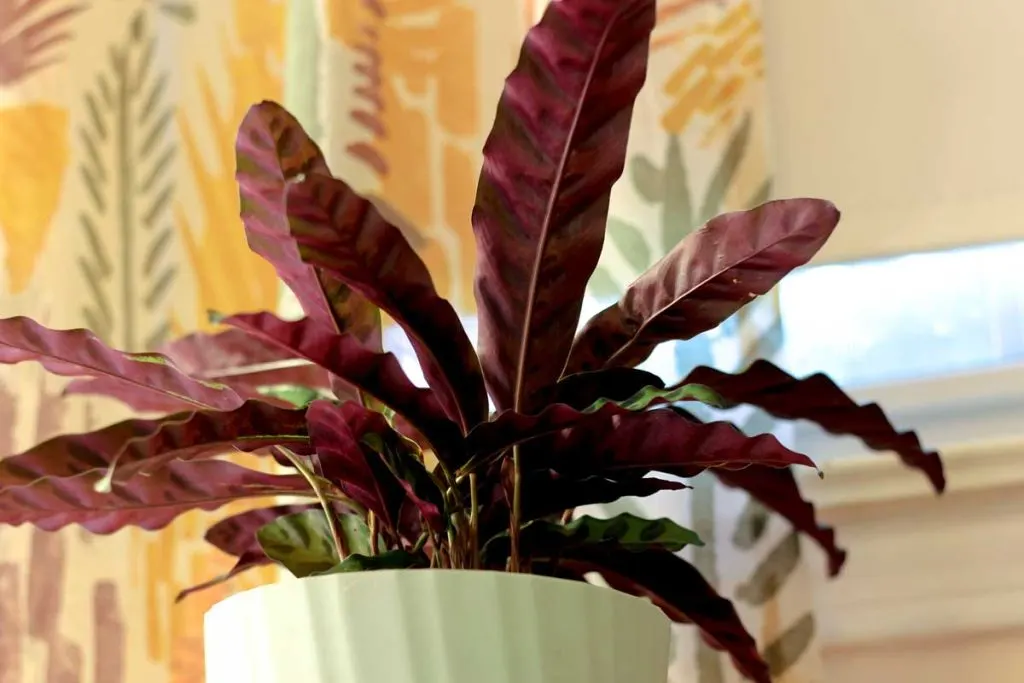Rattlesnake plants, scientifically known as Calathea lancifolia, are beloved houseplants appreciated for their striking foliage and unique patterns. However, like any other plant, rattlesnake plants are susceptible to pests that can damage their health and appearance if left unchecked. In this essay, we will explore the various pests that commonly affect rattlesnake plants and discuss methods to identify them early on, allowing for prompt intervention and effective pest control.
Signs and Symptoms of Pest Infestation
- Visual cues: Look for discoloration, spots, or abnormal growth on the leaves or stems of rattlesnake plants. Pests can cause damage that manifests as yellowing, browning, or wilting of plant tissues.
- Physical indicators: Check for webs, sticky residue, or small insects on the plant or surrounding areas. Spider mites, aphids, and mealybugs often leave behind telltale signs of their presence.
- Behavioral changes: Observe any unusual behavior in the plant, such as stunted growth, deformed leaves, or reduced flower production. Pests can weaken the plant’s overall health and disrupt its normal growth patterns.
Common Pests that Affect Rattlesnake Plants
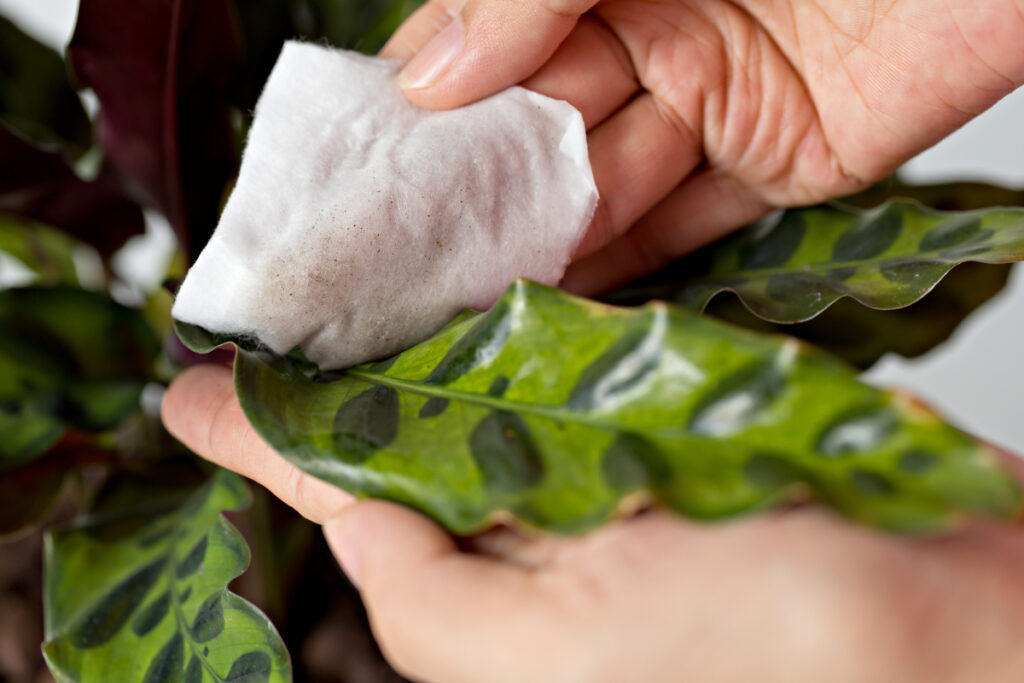
♦ Spider Mites
Spider mites are tiny arachnids that often appear as small red or yellow specks on the undersides of rattlesnake plant leaves. They are known to create fine webbing and feed on the plant sap, causing leaves to appear stippled or discolored. Additionally, spider mite infestations may result in the premature dropping of leaves.
♦ Mealybugs
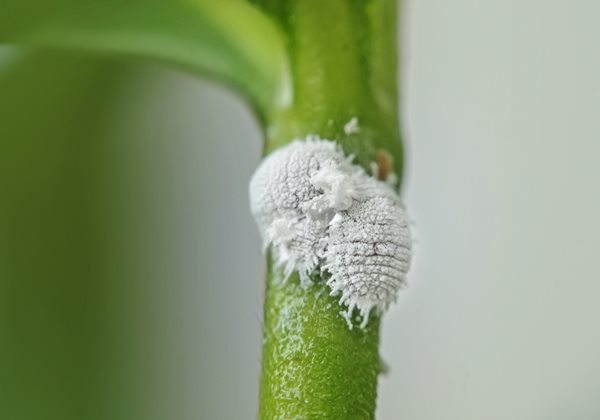
Mealybugs are small, soft-bodied insects that are covered in a white, cotton-like substance. They are often found in clusters along the stems and leaf nodes of rattlesnake plants. Mealybugs feed on plant sap and excrete a sticky substance called honeydew, which can promote the growth of sooty mold. Infested plants may exhibit stunted growth, yellowing leaves, and wilting.
♦ Aphids
Aphids are small, pear-shaped insects that come in various colors, such as green, black, or brown. They tend to congregate on the undersides of rattlesnake plant leaves, feeding on plant sap. Aphid infestations can cause curled or distorted leaves, yellowing, and the presence of sticky honeydew.
♦ Scale Insects
Scale insects are small, immobile pests that often appear as small bumps or scales on the stems and leaves of rattlesnake plants. They can range in color from brown to dark red or black. Scale insects feed on plant sap, causing yellowing, wilting, and the presence of a sticky residue on the plant’s surface. Heavy infestations may lead to leaf drop.
♦ Fungus Gnats
Fungus gnats are tiny flies that are attracted to overly moist soil. Although they do not directly harm rattlesnake plants, their larvae can cause damage to the roots by feeding on organic matter and root hairs. Signs of fungus gnat infestation include the presence of adult flies hovering around the plant and small, black larvae in the soil.
Pest Identification Techniques
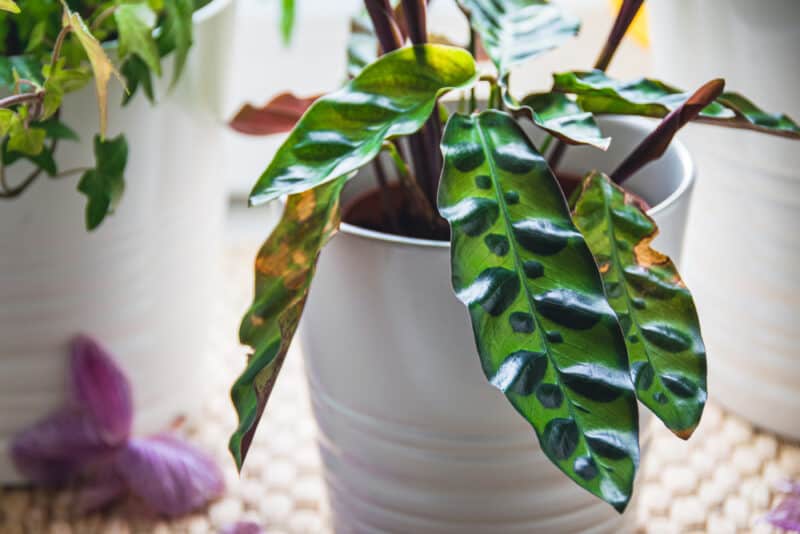
- Visual inspection: Conduct a thorough visual examination of the rattlesnake plant, including leaves, stems, and soil. Look for any signs of pests such as insects, eggs, webbing, or damage to the plant tissues.
- Magnifying tools: Use magnifying tools like hand lenses or magnifying glasses to closely examine the plant for any minute pests that may not be visible to the naked eye. This can help identify tiny pests like spider mites or thrips.
- Sticky traps: Place sticky traps or tapes near the plant to capture any flying insects that may be present. This can be particularly useful for identifying fungus gnats or other small flying pests.
- Shaking the plant: Gently shake the rattlesnake plant over a white surface to dislodge any hidden pests. Examine the surface for any pests that fall off, which can help identify pests that may be hiding in the foliage.
By employing these pest identification techniques, you can effectively detect and identify pests that may be infesting your rattlesnake plants. Regular inspections using these methods will allow for early detection and appropriate action to prevent further damage and infestation.
Preventative Measures and Integrated Pest Management (IPM)
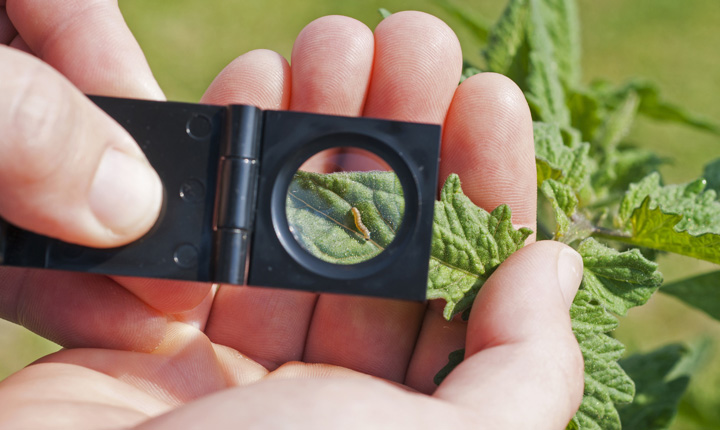
- Proper plant hygiene: Maintain good hygiene practices by keeping the surrounding area clean and removing any fallen leaves or debris. This helps eliminate potential breeding grounds for pests.
- Regular inspections: Conduct regular inspections of your rattlesnake plants to detect any signs of pests early on. This allows for prompt intervention and prevents infestations from spreading.
- Quarantine new plants: Before introducing new plants to your collection, isolate them for a period of time to observe for any signs of pests. This helps prevent the introduction of pests to your existing plants.
- Biological controls: Implement biological controls, such as introducing beneficial insects like ladybugs or predatory mites, to help naturally control pest populations. These beneficial organisms feed on pests, reducing their numbers.
- Natural remedies: Consider using natural pest control remedies, such as neem oil or insecticidal soaps, to treat minor pest infestations. These options are less harmful to the environment and can effectively control pests.
- Cultural practices: Maintain optimal plant health through proper watering, fertilization, and providing appropriate growing conditions. Healthy plants are more resistant to pests and are better equipped to withstand infestations.
By adopting preventative measures and implementing integrated pest management (IPM) strategies, you can effectively control and manage pest infestations on your rattlesnake plants. These methods focus on proactive measures, reducing the reliance on chemical pesticides and promoting a more sustainable and environmentally friendly approach to pest management.
Conclusion
Identifying common pests on rattlesnake plants is crucial for timely intervention and effective pest control. By familiarizing oneself with the appearance and signs of infestation associated with spider mites, mealybugs, aphids, scale insects, and fungus gnats, plant owners can take proactive measures to address the issue promptly. Regular inspection and monitoring, coupled with proper pest management techniques, will help ensure the health and vitality of rattlesnake plants, allowing them to thrive and showcase their stunning foliage.
